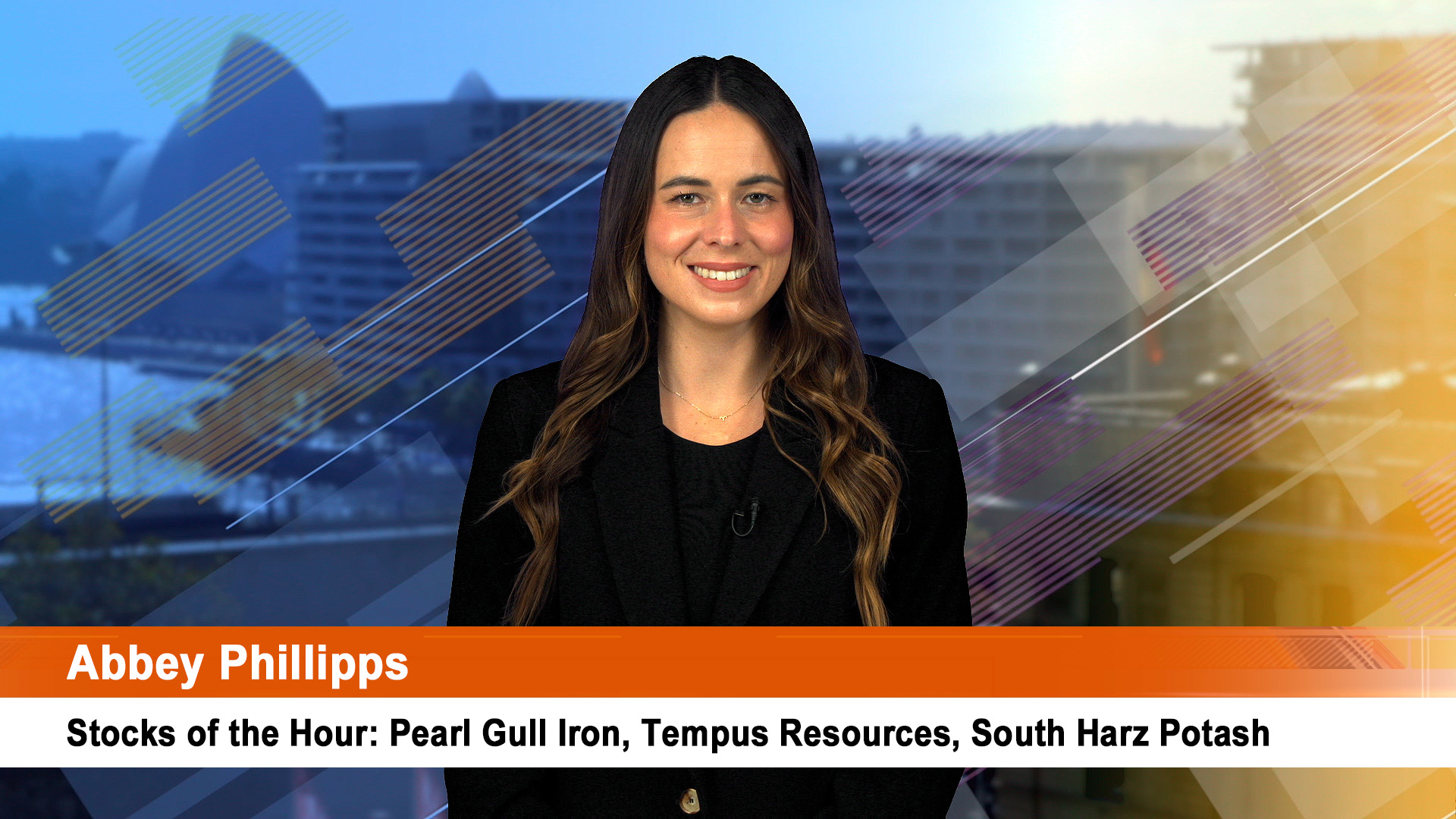A weak start today for the local markets after the soft finish on Wall Street early Saturday.
ASX 200 futures fell 0.2% pointing to a 10 point decline in the Australian share market at the open on later this morning.
That was after Eurozone shares fell 0.3% on Friday night and the the S&P 500 dipped 0.1%.
That was at the end of a week that saw share markets break higher helped by solid global economic data, good US earnings results and optimism that Donald Trump’s policies will help boost the US economy.
US investors ignored the weak reading for the US economy’s Q4 GDP – the annual rate of 1.9% was well under forecasts and down from the 3.5% rate in the September quarter.
The reason for the slide, a sharp fall in exports of soybeans which pulled down the contribution from exports which actually became a large detraction of 1.70 percentage points.
Economists say this is the first estimate which is usually changed by more accurate and up to date data for the second estimate in a month’s time.
But this week’s two day meeting of the Fed and its rate decision early Thursday, our time, and then the January jobs report on Friday night, will be far bigger tests of market confidence.
No one is expecting the Fed to lift rates, but the post meeting statement could provide a clearer pathway for the possible three increases tipped for 2017.
But the US market rose 1% last week, propelling the Dow Jones index above 20,000.
Eurozone shares rose 0.5%, Japanese shares rose 1.7% and Chinese and Australian shares both gained 1%. Bond yields rose as did oil and metal prices. The $A fell slightly to around 75.50 US cents.
The AMP’s chief economist, Dr Shane Oliver says “Not too much should be read into the Dow crossing 20,000. Yes it creates a bit of short term excitement (like crossing from Victoria into NSW) and generates some headlines but it’s really just an arbitrary number for an index which only has 30 companies that are combined using a ridiculous price weighting system (so that Goldman Sachs gets a bigger weight than GE)."
“And there is no evidence of higher than average returns after each 1000 point level has been crossed on the Dow anyway,” he added in a weekend note.
US stocks ended mostly lower on Friday night, but for the week, the Dow and S&P 500 posted their first positive week of the past three. The Dow fell 8.8 points to 20,092.6, a decline of less than 0.1%. The S&P 500 fell 2.1 points, or 0.1%, to 2,295. And the Nasdaq Composite Index rose 5.6 points to 5,660.8, a rise of 0.1%.
For the week, the Dow rose 1.3%, the S&P added 1% and the Nasdaq climbed 1.9%.
European stocks fell from a 13-year high on Friday, closing in negative territory.
The Stoxx Europe 600 index shed 0.3% to 366.38, trimming its weekly gain to 1.1%.Germany’s DAX 30 index fell 0.3% to 11,814.27, and France’s CAC 40 index closed 0.6% lower at 4,839.98. The UK’s FTSE 100 index rose 0.3% on the day to end at 7,184.49,
In Asia stocks were easier ahead of the Lunar new Year holiday which will disrupt trading in China, South Korea, Hong Kong and other markets this week.
In Australia, the ASX200 added 0.7% to 5714 on Friday, and 1.1% over the whole week, buoyed by a rally in the materials sector.
BHP Billiton added 4.4%, Rio Tinto soared 8.9% as investors cheered the sale of coal assets, while South32 rose 7.1%.
The big banks had a solid week, with Commonwealth Bank adding 1.7% and the other three not far behind.
Brambles lost 13.6% after its surprise profit downgrade on Monday.













